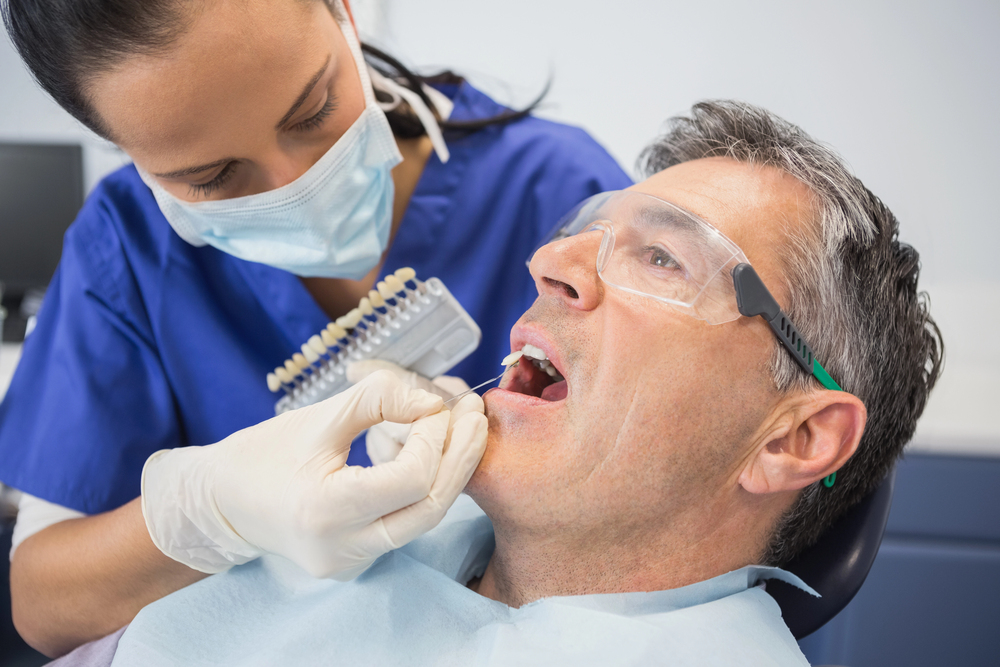Oral health is a crucial component of overall well-being, yet Indigenous Australians continue to face significant barriers in accessing quality dental care. Limited availability of dental services, financial constraints, and geographic isolation contribute to a higher prevalence of dental diseases in Indigenous communities. In response, various dental community programs have been established across Australia to bridge this gap and improve oral health outcomes for Indigenous populations.
The Need for Dental Outreach in Indigenous Communities
Indigenous Australians experience dental issues at disproportionately high rates compared to the general population. Studies indicate that Indigenous children have nearly twice the level of dental decay as non-Indigenous children, while adults are more likely to suffer from gum disease and tooth loss. Factors such as limited access to fluoridated water, a higher prevalence of smoking, and lower utilization of dental services exacerbate the problem. Addressing these challenges requires targeted interventions and culturally sensitive dental care programs.
Key Dental Community Programs Making a Difference
To address the oral health crisis in Indigenous communities, various outreach initiatives have been developed. These programs focus on preventive care, education, and treatment to ensure better dental health outcomes.
1. The Indigenous Dental Program (IDP)
The Indigenous Dental Program is a government-supported initiative designed to provide dental services to Aboriginal and Torres Strait Islander communities. Through mobile dental units and community-based clinics, the program delivers essential treatments such as dental extractions, fillings, and preventive care. By bringing dental services closer to these communities, the IDP reduces travel burdens and enhances accessibility.
2. PATS (Patient Assisted Travel Scheme)
PATS is a state-funded initiative that provides financial assistance for Indigenous Australians to access specialist dental care. For those in remote areas requiring complex procedures such as root canals or surgical extractions, PATS ensures they can receive treatment without facing financial hardship.
3. The National Child Oral Health Program
This program emphasizes early intervention and preventive care for Indigenous children. School-based dental screenings, fluoride varnish applications, and oral hygiene education sessions help instill good dental habits from an early age. Programs like this aim to reduce the need for procedures like dental extraction by promoting preventive measures.
4. University-Led Outreach Initiatives
Many dental schools in Australia incorporate outreach programs into their curriculum, allowing dental students to provide free or low-cost care to Indigenous communities. These initiatives not only provide much-needed services but also train future dentists to work in culturally diverse and remote settings.
The Role of Mobile Dental Clinics
One of the most effective ways to support the work of dental community programs is through mobile dental clinics. These clinics travel to remote Indigenous communities, equipped with dental chairs, sterilization units, and essential tools for treatments. Mobile clinics provide services such as check-ups, cleanings, fluoride treatments, and dental extractions for those with severe dental issues.
The convenience of mobile dental clinics means that individuals who may otherwise never visit a dental practice can receive crucial care. These initiatives have successfully reduced the number of untreated dental conditions in many Indigenous communities, preventing further complications such as infections and systemic health issues.
Preventive Care and Education: A Long-Term Solution
While treatment is essential, prevention remains the most sustainable approach to improving Indigenous oral health. Many community dental programs emphasize education to encourage healthy dental habits. Strategies include:
– Culturally Appropriate Oral Health Campaigns: Educational materials tailored to Indigenous communities help increase awareness of oral hygiene practices.
– Community Engagement Workshops: Hands-on demonstrations on proper brushing and flossing techniques.
– Dietary Guidance: Educating communities on the impact of sugar consumption and nutrition on oral health.
By focusing on preventive care, these programs aim to reduce the prevalence of dental extractions and other invasive procedures.
Challenges and Future Directions
Despite the progress made, Indigenous dental programs still face several challenges. Limited funding, workforce shortages, and difficulties in reaching the most remote areas hinder the effectiveness of these initiatives. To ensure long-term success, continued government support, increased investment in Indigenous dental education, and collaboration with local community leaders are necessary.
One promising solution is the integration of tele-dentistry, which allows dentists to remotely diagnose and provide guidance to patients. By utilizing digital technology, tele-dentistry can support the work of dental community programs by expanding access to expert advice and reducing the need for unnecessary travel.
Australian dental community programs play a vital role in improving oral health among Indigenous populations. By providing accessible dental services, education, and preventive care, these initiatives help reduce the need for invasive procedures such as dental extraction. However, sustaining and expanding these programs requires ongoing commitment from government agencies, healthcare professionals, and the wider community. Supporting the work of dental community programs ensures that Indigenous Australians receive the care they deserve, fostering healthier smiles and better overall well-being for future generations.
